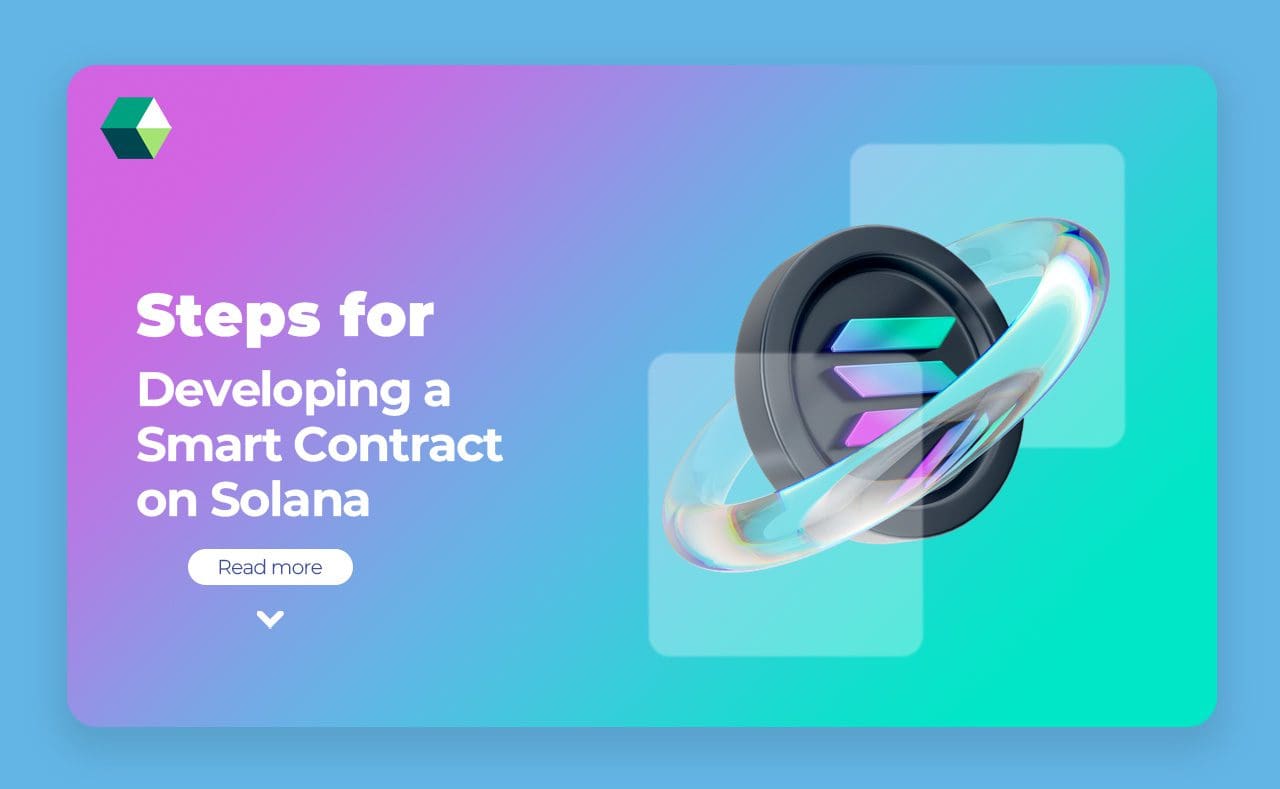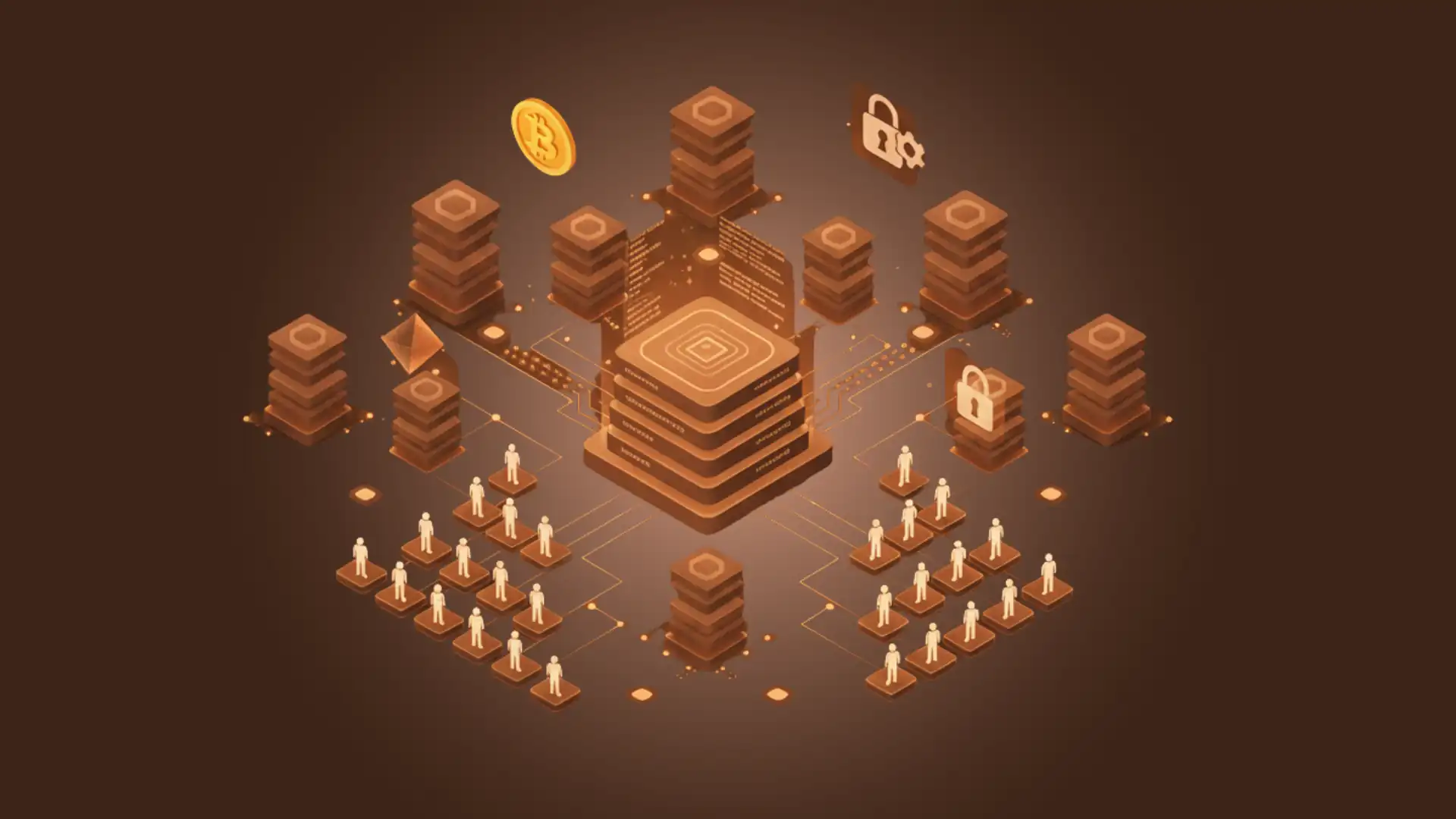The Rise of Blockchain Applications
Blockchain technology has dramatically changed the way digital platforms operate. Traditional applications rely on centralized servers, which can be slow, prone to errors, and vulnerable to hacks. In contrast, blockchain-based solutions allow tasks to be executed automatically, securely, and transparently. Whether it’s token transactions, DeFi financial systems, decentralized apps (DApps), or MLM reward programs, blockchain ensures every action is verified and immutable.
Among the growing number of blockchains, Solana stands out due to its speed, efficiency, and low transaction costs. Unlike older networks that struggle with congestion, Solana can process thousands of transactions per second, making it ideal for modern applications that require rapid interaction and minimal delays. This blog explores Solana’s unique features, architecture, and practical steps to implement blockchain applications for DeFi, DApps, and MLM solutions.
Understanding Solana
Solana is a high-performance blockchain network created in 2020. Its primary goal is to solve the slow transaction speeds commonly found in older blockchain networks like Ethereum. The key innovation behind Solana is Proof of History (PoH), a mechanism that timestamps every transaction, helping the network determine the order of events efficiently without waiting for extensive node verification.
This technology enables Solana to handle thousands of transactions per second, making it highly suitable for applications where speed and scalability are critical. Its low fees also reduce operational costs for platforms, allowing them to serve more users without charging high transaction costs.
Solana supports various applications:
-
DeFi platforms: Users can trade, lend, and borrow assets quickly and cost-effectively.
-
Decentralized Apps (DApps): Interactive apps that run without central control, from gaming to marketplaces.
-
NFT ecosystems: Creators and collectors can mint, trade, and store digital assets efficiently.
-
MLM platforms: Automated reward systems with multiple levels of distribution.
With an expanding ecosystem of tools, libraries, and community resources, Solana has become a preferred choice for building advanced blockchain solutions.
Architecture of Solana Based Applications
Applications on Solana benefit from a system designed for speed, scalability, and efficiency. The network’s architecture is unique in several ways:
-
Proof of History (PoH): This system creates a historical record of events and transactions, reducing the need for extensive communication between nodes. It ensures that all actions occur in the correct order, enhancing both speed and reliability.
-
Transaction Processing Unit (TPU): Solana’s TPU is responsible for processing incoming operations quickly and efficiently. It minimizes delays even when transaction volumes are high, which is essential for financial platforms and multi-level reward programs.
-
Programming Environment: Applications are written in high-performance programming languages like Rust or C, ensuring stability and efficiency. Code can manage thousands of simultaneous transactions while keeping costs low.
-
Data Management System: Solana handles data updates and retrieval efficiently, which is crucial for real-time applications like gaming or DeFi platforms.
This architecture allows platforms to operate seamlessly even under heavy usage, making Solana ideal for applications where speed, accuracy, and low fees are priorities.
Launching Blockchain Applications on Solana
Creating a blockchain application on Solana involves several structured steps. While the technical setup may require some learning, the process can be broken down for clarity:
Step 1: Environment Setup
Start by installing the necessary programming tools and software required to create blockchain applications. Ensure your system can compile and manage code for high-performance execution.
Step 2: Project Initialization
Create a structured project folder where all the code, dependencies, and resources will be managed. A clear structure ensures that your application is maintainable and scalable as it grows.
Step 3: Writing Application Logic
Define the core functions your platform will support:
-
Token transfers or swaps
-
Reward distribution for multi-level marketing
-
Lending and borrowing for DeFi platforms
-
Interaction between users and digital assets
Ensure that the logic is optimized for performance, as inefficient code can lead to slower transactions and higher costs.
Step 4: Compilation and Deployment
Once the logic is ready, compile the code into a format that the Solana network can execute. Create a blockchain wallet to manage network funds and deploy the application. A unique program identifier is assigned, allowing transactions to interact with the platform securely.
Step 5: Testing
Testing is crucial. Conduct unit tests to check all functions, simulate real-world scenarios, and verify that transactions are processed correctly. Testing helps prevent costly errors and ensures a smooth user experience.
Step 6: Monitoring and Updates
After deployment, monitor platform performance using tools like Solana Explorer. Track transaction speed, user activity, and potential issues. Update the application when improvements or bug fixes are needed, making sure to maintain seamless functionality for all users.
Challenges in Multi-Level Reward Systems
Implementing blockchain-based MLM platforms has unique challenges:
-
Programming Complexity: The languages used for Solana applications are strict and require attention to detail. Mistakes in logic can cause inefficiency or errors in reward calculations.
-
Transaction Optimization: Although Solana is fast and cost-effective, poorly written logic can lead to slower operations and higher costs, especially when handling multiple levels of rewards.
-
Security Concerns: MLM platforms are often targets for fraudulent activity. Ensuring the integrity of transactions and rewards is crucial. Platforms may need external audits to detect vulnerabilities and ensure trustworthiness.
-
Version Updates: As blockchain technology evolves, updates may be necessary. Maintaining continuity and ensuring that all participants receive accurate rewards requires careful planning and testing.
Real World Applications of Solana
Solana’s unique capabilities allow it to power a wide range of platforms and use cases:
-
DeFi Platforms: Efficient lending, borrowing, and trading of digital assets with minimal fees and fast execution.
-
NFT Marketplaces: High-speed minting, trading, and management of digital collectibles.
-
Gaming Applications: Real-time interaction, asset ownership, and rewards without lag.
-
MLM Platforms: Automated, transparent, and secure multi-level reward distribution.
-
Enterprise Systems: Supply chain management, secure record-keeping, and automated workflows.
By leveraging Solana’s strengths, platforms can deliver faster, more reliable, and cost-effective services to users worldwide.
Best Practices for Using Solana
To maximize the potential of Solana for blockchain applications:
-
Optimize Logic: Efficient code ensures lower transaction costs and faster execution.
-
Implement Security Measures: Conduct audits and use secure protocols to protect against fraud.
-
Monitor Performance: Use network tools to track transactions, performance, and user activity.
-
Plan for Updates: Implement a versioning strategy to update applications without disrupting users.
-
Leverage Community Resources: Solana offers libraries, tutorials, and tools that can accelerate platform creation.
Conclusion
Solana provides a robust foundation for building high-speed, cost-effective, and scalable blockchain applications. Whether creating DeFi platforms, decentralized apps, NFT ecosystems, or MLM programs, the network’s unique architecture and efficient processing capabilities ensure optimal performance. By focusing on security, efficiency, and monitoring, platforms can deliver a seamless user experience while maintaining transparency and reliability.
With its growing developer ecosystem, extensive tools, and support for real-time, high-volume transactions, Solana is an ideal choice for businesses and entrepreneurs looking to create next-generation blockchain solutions.






